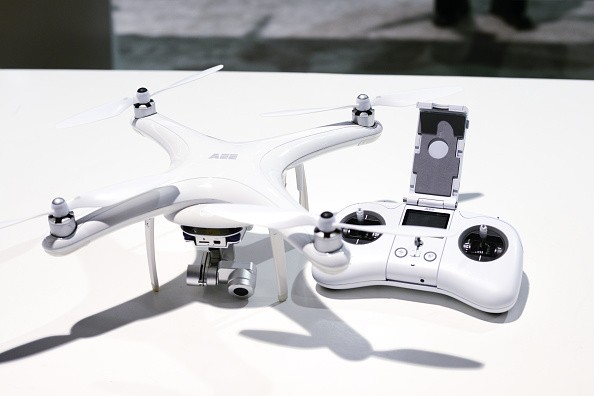The market for unmanned aerial vehicle (UAV) has seen impressive growth over the last couple years, with companies that include the likes of GoPro and Amazon joining the race.
As drones move closer to commercial adoption, issues regarding security and privacy arise inevitably. To combat these, some makers introduce products designed to stop and take down a drone.
These so-called "anti-drone" weapons perform tasks such as blocking GPS signals and shutting down a camera mounted on a UAV. One company called HiGH + MiGHTY boasts Skynet, a rifle that bars a drone from detecting GPS signals and disables its camera.
According to online site Popular Science, the rifle powers up in 90 minutes and can hold a charge in standby position for 15 hours. Working time is two hours.
Skynet is said to operate within 1.25 miles without interference. In a video, the drone targeted by Skynet can be seen landing, although it is uncertain if this was directly triggered by the rifle itself or the pilot's command. Popular Science said it tried to reach the Taiwan-based company but received no response.
HiGH + MiGHTY is not the first company to cater to this anti-drone niche. In an earlier report, Popular Science wrote about a cyber-rifle designed for the military that can take down a drone.
In the Netherlands, meanwhile, eagles are trained to "snatch a quadcopter out of the sky," offering a counter to these flying machines, which other people may find intrusive.
The fast-paced growth of the UAV industry has not escaped the gaze of regulators, but rules surrounding the technology remain uncertain in some levels.
"Air-safety authorities on both sides of the Atlantic have acknowledged that traditional rule making is too slow and rigid to cope with the rapidly expanding applications of the flying machines, from bridge inspections to land surveys to news photography. And the pressure to spell out exactly what's allowed and what isn't is growing as the industry booms," wrote the Wall Street Journal.
The U.S. Federal Aviation Administration (FAA) for its part is welcoming new rules that will complement the current pace of the UAV industry. At a conference, FAA chief Michael Huerta said that regulations have to be altered "in a way that does not stifle the kind of innovation we are seeing."



























